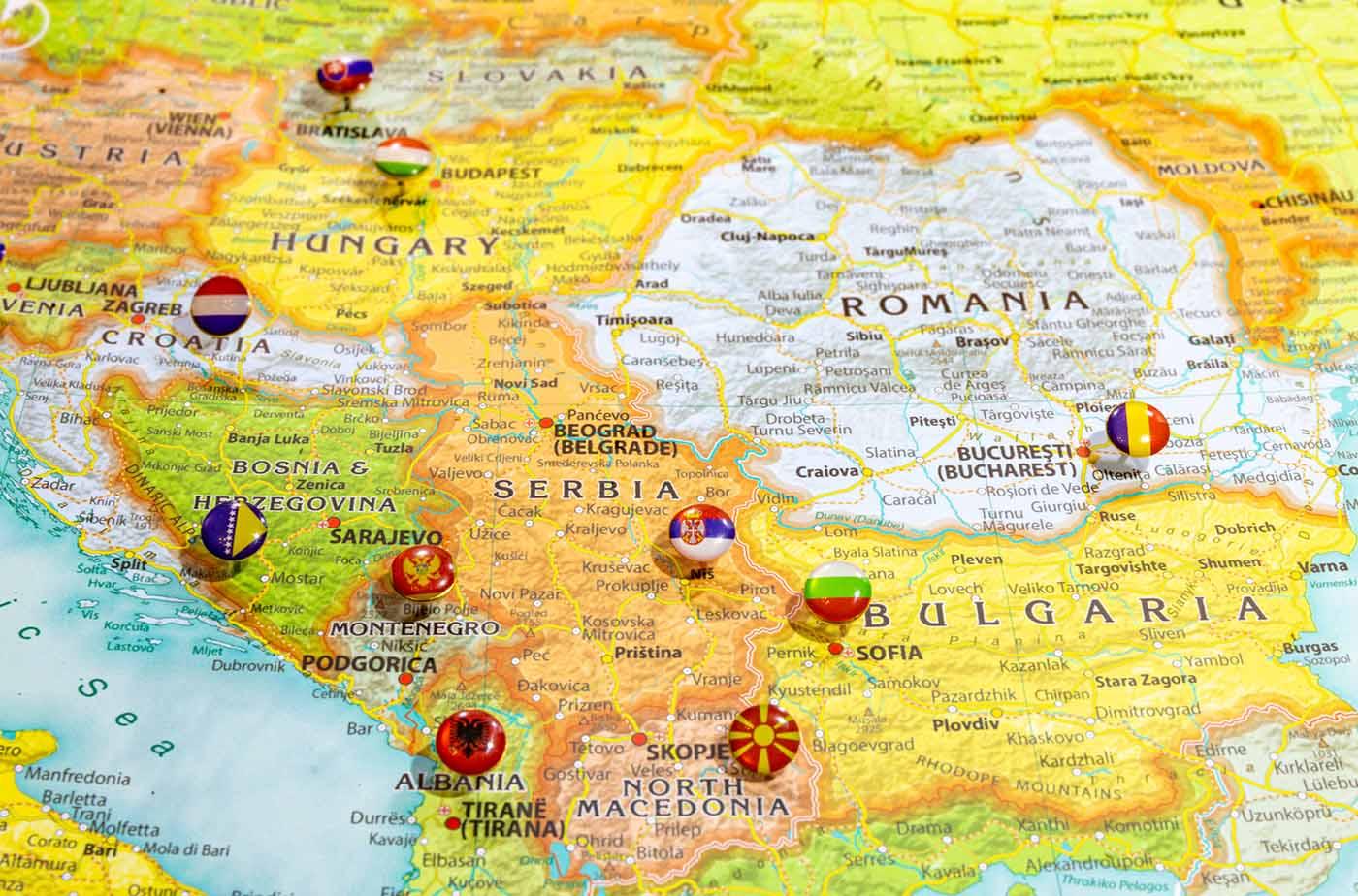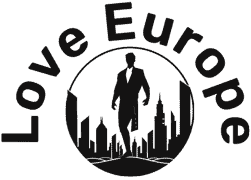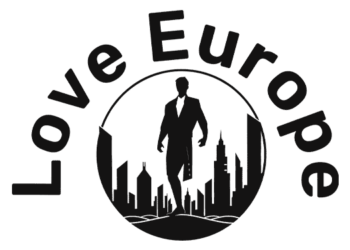Romania, a country rich in history and natural beauty, is strategically positioned in Southeastern Europe. This picturesque nation straddles the intersection of Central and Eastern Europe, occupying a unique geographical niche that has shaped its culture and development over centuries.
Romania is situated between 43°37’07” and 48°15’06” northern latitude and 20°15’44” and 29°41’24” eastern longitude. The country shares borders with five nations:
To the north and northeast: Ukraine
To the east: Moldova
To the south: Bulgaria
To the southwest: Serbia
To the northwest: Hungary
This diverse set of neighbors contributes to Romania’s cultural tapestry and geopolitical significance in the region.
Romania’s landscape is characterized by its varied terrain. The majestic Carpathian Mountains form an arc through the center of the country, dividing it into distinct regions. To the west and center lies the Transylvanian plateau, while the eastern and southern parts of the country consist of rolling hills and plains. The Danube River, Europe’s second-longest river, forms much of Romania’s southern border before emptying into the Black Sea, where Romania boasts 245 kilometers of coastline.
This unique geographical position not only influences Romania’s climate and ecosystems but also plays a crucial role in its economic and strategic importance within Europe.
Romania on a Map

Romania is situated in southeastern Europe, nestled between the Black Sea and the Carpathian Mountains. It shares borders with five countries: Ukraine to the north, Moldova to the northeast, the Black Sea to the east, Bulgaria to the south, Hungary to the west, and Serbia to the southwest. This strategic position places Romania at the crossroads of Central and Eastern Europe, making it a vital link between these regions.
Romania’s landscape is diverse and captivating. The country is roughly shaped like a circle, with the Carpathian Mountains forming an arc through its center. These mountains divide the country into three main regions: Transylvania in the northwest, Moldavia in the northeast, and Wallachia in the south. The Danube River, Europe’s second-longest river, forms much of Romania’s southern border before emptying into the Black Sea through the Danube Delta, a UNESCO World Heritage site renowned for its biodiversity.
Bucharest, the capital and largest city, is located in the southern part of the country. Other significant cities include Cluj-Napoca in Transylvania, Iași in Moldavia, and Constanța on the Black Sea coast. Romania’s varied geography encompasses rolling hills, fertile plains, and picturesque coastlines, offering a rich tapestry of natural beauty and cultural heritage across its 238,397 square kilometers (92,046 square miles) of land.
Romanian Language
Romanian, the official language of Romania, is a fascinating Romance language with unique characteristics. Derived from Latin, it shares roots with Italian, French, and Spanish, yet maintains its distinct identity. Romanian is spoken by approximately 24 million people worldwide, with the majority residing in Romania and Moldova.
Romanian’s vocabulary is predominantly Latin-based, but it has been enriched by Slavic, Turkish, and other influences throughout its history. This linguistic tapestry reflects Romania’s complex past and geographical position at the crossroads of Eastern and Western Europe. The language features three genders (masculine, feminine, and neuter), five cases, and a phonetic writing system that closely mirrors pronunciation.
Dialects and Regional Variations
While standard Romanian is used in official contexts and media, several regional dialects exist. These include Moldavian, spoken in the northeastern part of the country, and Transylvanian, found in the central region. These dialects showcase subtle differences in vocabulary and pronunciation, adding depth to Romania’s linguistic landscape.
Today, Romanian continues to evolve, adapting to technological advancements and global influences. It remains a vital part of Romanian identity and culture, serving as a bridge between the country’s rich history and its dynamic present.
Romania’s Climate and Geography
Romania boasts a remarkable variety of landscapes, from the Carpathian Mountains that form its backbone to the rolling hills of Transylvania and the fertile plains of the Danube Delta. The country’s topography is characterized by three main regions: mountains (31%), hills and plateaus (36%), and plains (33%). This diverse terrain contributes to Romania’s rich biodiversity and scenic beauty.
You’ll find that Romania experiences a temperate-continental climate, with regional variations due to its diverse geography. Summers are generally warm and pleasant, with average temperatures ranging from 22°C to 24°C (72°F to 75°F). Winters can be cold, especially in the mountainous areas, where temperatures often drop below freezing. The Black Sea coast enjoys milder winters and warmer summers, making it a popular tourist destination.
Romania is blessed with abundant natural resources. The Carpathian Mountains are rich in minerals, including gold, silver, and salt. The country’s fertile plains support extensive agriculture, while its forests cover about 27% of the land area. The Danube Delta, a UNESCO World Heritage site, is Europe’s largest wetland and hosts a unique ecosystem with over 300 species of birds and 45 freshwater fish species.
Romania’s Major Cities and Regions
Romania boasts a diverse landscape of cities and regions, each with its own unique charm and cultural significance. Let’s explore eight of the country’s most notable urban centers and areas.
Bucharest: The Capital
Bucharest, Romania’s capital and largest city, serves as the nation’s political, economic, and cultural hub. Known for its eclectic architecture, ranging from communist-era buildings to Belle Époque structures, Bucharest offers a blend of history and modernity.
Transylvania: Land of Legends
This central region is famous for its medieval towns, fortified churches, and the legendary Bran Castle, often associated with the Dracula myth. Cities like Cluj-Napoca and Brașov showcase Transylvania’s rich cultural heritage.
Iași: The Cultural Capital
Located in northeastern Romania, Iași is renowned for its educational institutions and stunning Orthodox churches. As the former capital of the Principality of Moldavia, it holds significant historical importance.
Constanța: Black Sea Gateway
This ancient port city on the Black Sea coast is Romania’s primary seaside resort. With its beautiful beaches and Roman ruins, Constanța offers a unique blend of history and coastal charm.
Timișoara: The City of Flowers
Situated in western Romania, Timișoara is known for its vibrant cultural scene and beautiful parks. It played a crucial role in the 1989 Romanian Revolution and is set to be a European Capital of Culture.
Carpathian Mountains: Natural Wonder
This mountain range stretches across central Romania, offering breathtaking landscapes, ski resorts, and opportunities for hiking and wildlife observation.
Danube Delta: Biodiversity Hotspot
Europe’s second-largest and best-preserved delta, this UNESCO World Heritage site is a paradise for nature lovers and birdwatchers.
Sibiu: Medieval Gem
This picturesque Transylvanian city, with its well-preserved medieval walls and towers, offers a glimpse into Romania’s Saxon heritage.
Romania Governance
Romania operates as a semi-presidential republic, with a system of governance outlined in its constitution adopted in 1991 and revised in 2003. The country’s political structure is based on the principle of separation of powers, dividing authority among the executive, legislative, and judicial branches. This framework ensures a system of checks and balances, promoting democratic governance and protecting citizens’ rights.
Executive Branch
The executive branch in Romania is led by both the President and the Prime Minister. The President, elected by popular vote for a five-year term, serves as the head of state and commander-in-chief of the armed forces. Meanwhile, the Prime Minister, appointed by the President with parliamentary approval, heads the government and oversees day-to-day administration. This dual executive system aims to balance power and foster cooperation between different political entities.
Legislative and Judicial Branches
Romania’s Parliament, consisting of the Chamber of Deputies and the Senate, forms the legislative branch. Members are elected through a proportional representation system, ensuring diverse political voices. The judiciary, independent from other branches, includes a hierarchical court system topped by the High Court of Cassation and Justice. The Constitutional Court, separate from the regular court system, plays a crucial role in interpreting the constitution and safeguarding democratic principles.
Fun Facts About Romania
These are some interesting facts about Romania:
Dracula’s Homeland
Romania is famously known as the birthplace of Dracula, inspired by the 15th-century ruler Vlad the Impaler. While the vampire myth is fiction, Transylvania’s Bran Castle attracts thousands of visitors annually, eager to explore the supposed home of the legendary count.
World’s Heaviest Building
Bucharest’s Palace of Parliament holds the Guinness World Record for the heaviest building on Earth. Weighing approximately 4,098,500,000 kg, this colossal structure boasts 3,000 rooms and 12 stories, showcasing Romania’s architectural prowess.
Timisoara: Europe’s First Illuminated City
In 1884, Timisoara became the first European city to introduce electric street lighting. This pioneering feat earned it the nickname “Little Vienna,” highlighting Romania’s early adoption of modern urban technologies.
Home to Europe’s Largest Gold Mine
The Roșia Montană gold mine in Transylvania is Europe’s largest gold deposit. Dating back to Roman times, this site underscores Romania’s rich mineral resources and historical significance in the mining industry.
Birthplace of the Jet Engine
Henri Coandă, a Romanian inventor, designed the world’s first jet engine in 1910. This groundbreaking achievement demonstrates Romania’s contributions to aviation technology and engineering innovation.
The Merry Cemetery
In Săpânța, you’ll find the unique Merry Cemetery, where colorful crosses depict the lives and deaths of the buried. This unusual approach to memorializing the deceased reflects Romania’s distinctive cultural attitudes towards life and death.
Home to Half of Europe’s Brown Bears
Romania’s Carpathian Mountains house approximately 6,000 brown bears, representing about 60% of Europe’s brown bear population. This fact highlights the country’s rich biodiversity and importance in European wildlife conservation efforts.
World’s First Insulin Extraction
Romanian physiologist Nicolae Paulescu successfully extracted insulin in 1921, paving the way for diabetes treatment. This medical breakthrough underscores Romania’s significant contributions to global healthcare and scientific research.
Frequently Asked Questions
These are some frequently asked questions and answers about Romania.
Is Romania part of the European Union?
Yes, Romania joined the European Union on January 1, 2007, along with Bulgaria. This membership has brought significant economic and political benefits to the country, including access to the EU single market and increased foreign investment opportunities.
What is the capital city of Romania?
The capital and largest city of Romania is Bucharest. Located in the southern part of the country, Bucharest is known for its eclectic architecture, vibrant cultural scene, and historical significance. With a population of over 2 million people, it serves as Romania’s primary political, economic, and cultural center.
What languages are spoken in Romania?
The official language of Romania is Romanian, a Romance language closely related to Italian, French, and Spanish. However, there are also recognized minority languages, including Hungarian, German, and Romani. English is increasingly popular, especially among younger generations and in urban areas.
What are some popular tourist attractions in Romania?
Romania offers a diverse range of attractions for visitors. Some notable sites include:
Bran Castle, often associated with the Dracula legend
The painted monasteries of Bucovina
The medieval town of Sighișoara
The Danube Delta, a UNESCO World Heritage site
The Palace of Parliament in Bucharest, the world’s largest civilian building
Conclusion
As you’ve discovered, Romania occupies a unique position at the crossroads of Central, Eastern, and Southeastern Europe. Its diverse landscape, from the Carpathian Mountains to the Black Sea coast, reflects its rich cultural heritage and strategic location. Understanding Romania’s geography is key to appreciating its historical significance and modern-day importance in the region. Whether you’re planning a visit or simply expanding your knowledge of European geography, Romania’s location offers a fascinating glimpse into the complex tapestry of the continent. By exploring Romania’s position on the map, you’ve gained valuable insights into this captivating country and its place in the world.
Source link : http://www.bing.com/news/apiclick.aspx?ref=FexRss&aid=&tid=67350ed4f0fa4dc29521995ca7fe1e7b&url=https%3A%2F%2Fwww.withinnigeria.com%2Fpiece%2F2024%2F11%2F13%2Fwhere-is-romania-located%2F&c=16379759599940295555&mkt=de-de
Author :
Publish date : 2024-11-13 00:40:00
Copyright for syndicated content belongs to the linked Source.


